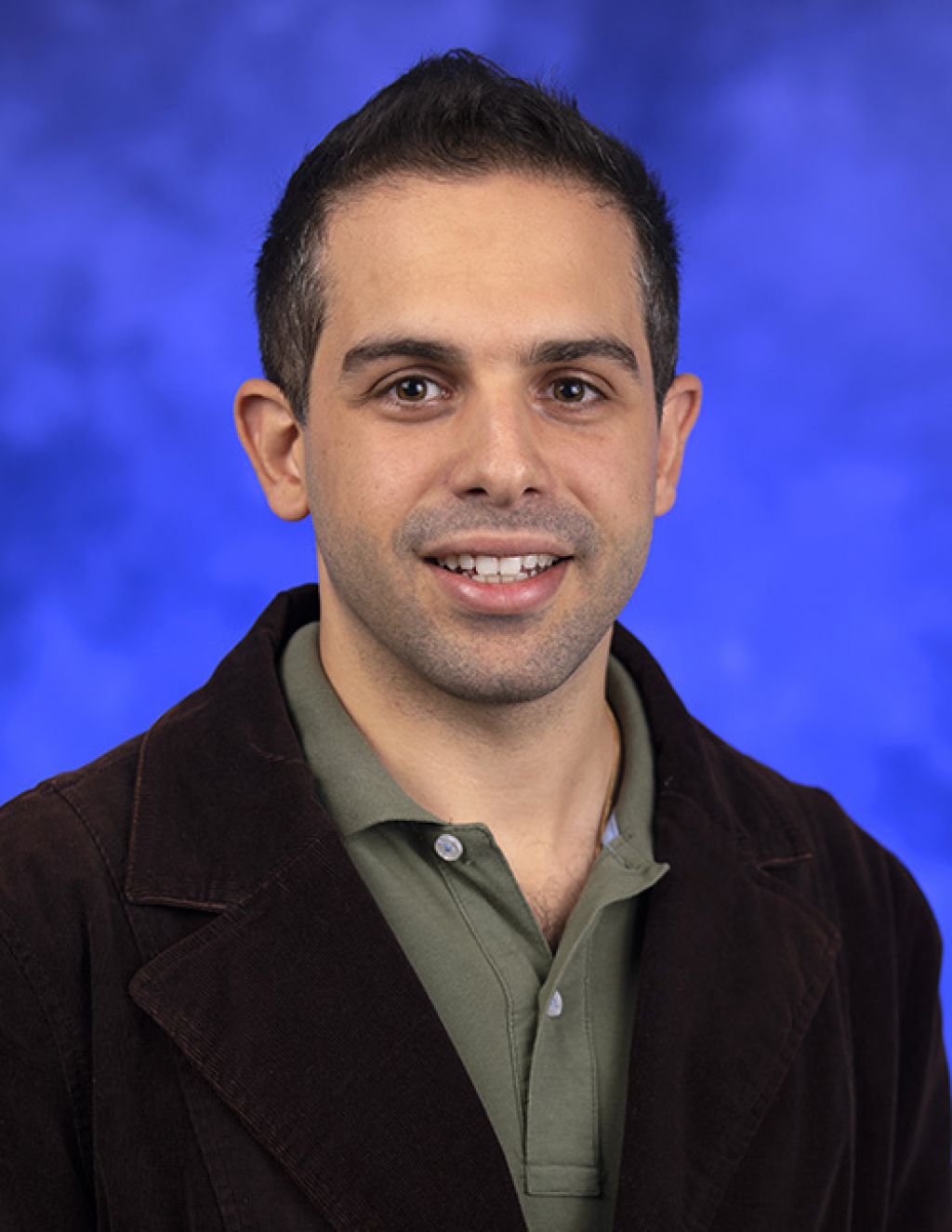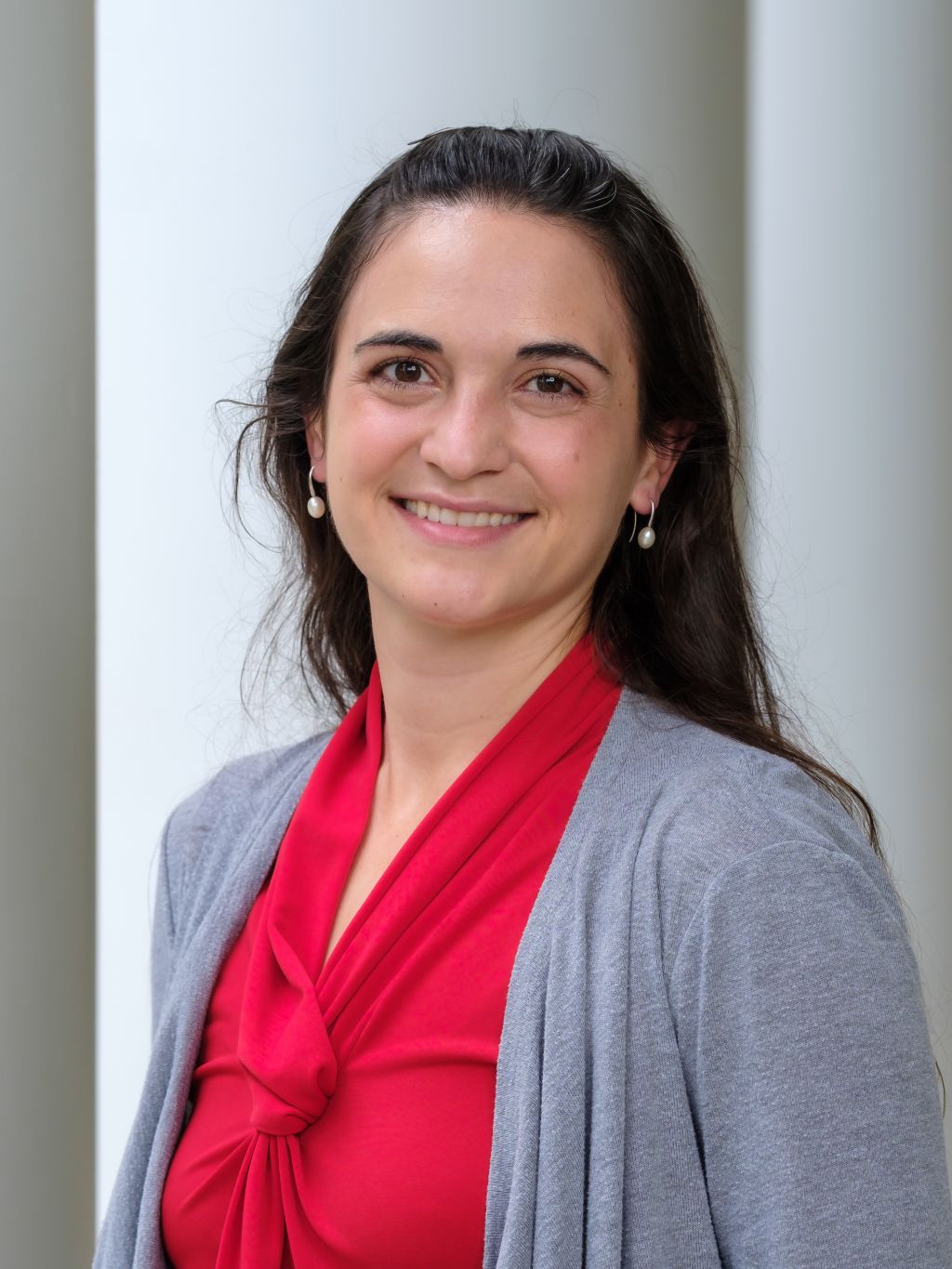
Multi-action bioabsorbable alpha emitting seeds for intraoperative low- dose-rate brachytherapy for breast cancer: Dipanjan Pan (with Viviana Posada)
The Problem: Conventional breast cancer therapies are proving inefficient as tumors are beginning to develop resistance to drug and radiation therapies over time.
The Idea: Researchers hope to place a novel biodegradable implant material into the human body that will emit dual action chemistry and radiation to exterminate tumors before the material itself degrades to nothing. Contrary to conventional drug therapies, this implant does not utilize any external chemotherapeutics; instead, it degrades gradually to release hydrogen gas that is chemotherapeutics.
The Risk: Combining radiation and intrinsically generated therapies from the implant within one biodegradable material is a technology that has not been previously employed. In addition, there is no information as to whether radiation and chemotherapy will act synergistically.

Quasi-primes: A novel method of pathogen detection based on the shortest DNA sequences in each pathogen to halt nosocomially acquired infections: Ilias Georgakopoulos-Soares
The Problem: Hospital infectious agents put patients at risk of acquiring a wide range of illnesses. Current standard technology is slow and unequipped to test for various pathogens at once.
The Idea: Create a rapid and universal diagnostic for hospital infectious agents using quasi-prime identifications of short unique DNA sequences. With a library of DNA sequences from all strains of pathogens, one diagnostic would be able to identify all infectious agents.
The Risk: This novel method of pathogen detection is a computational approach that is currently unproven.

Viral-induced proteostatic alterations of the muscle-immune nexus: Gustavo Nader (with Margherita Cantorna)
The Problem: To date, no one has determined the molecular basis of how viruses cause muscle wasting in individuals who have chronic viral infections.
The Idea: The researchers hypothesize that when viruses infect skeletal muscle, they change the ribosomes and affect how they work, thus disrupting the host’s protein synthesis machinery, which is necessary for muscle maintenance. They seek to determine if this is the cause of muscle wasting in individuals with chronic viral infections.
The Risk: The hypothesis has yet to be explored. To do so will require the development of novel tools that do not yet exist.

Delivery and translation of gene drives to combat resistance evolution in cancer: Justin Pritchard
The Problem: Conventional lung cancer therapies lose functionality as drug remedies stop working overtime, due to evolved drug resistance in the tumor.
The Idea: Genetically engineer tumor cells with manipulated suicide genes that activate once the genetically engineered cells spread throughout and take over the tumor.
The Risk: Inserting genes into cancer cells is an unproven approach that has yet to be approved by the FDA.

Bridging the Knowledge Gap on Human Mammary Insufficiency Lipid Metabolism and Vitamin D as Predictors of Breastfeeding Outcomes: Rachel Walker
The Problem: Mothers in resource-poor environments have higher rates of both infection and nutritional deficiencies. This may lead to chronic inflammation and low milk production, leading to numerous maternal and infant health issues.
The Idea: Supplement mothers with Vitamin D breast milk to improve maternal and infant health.
The Risk: The Vitamin D supplementation could fail to make a significant impact on breastfeeding.